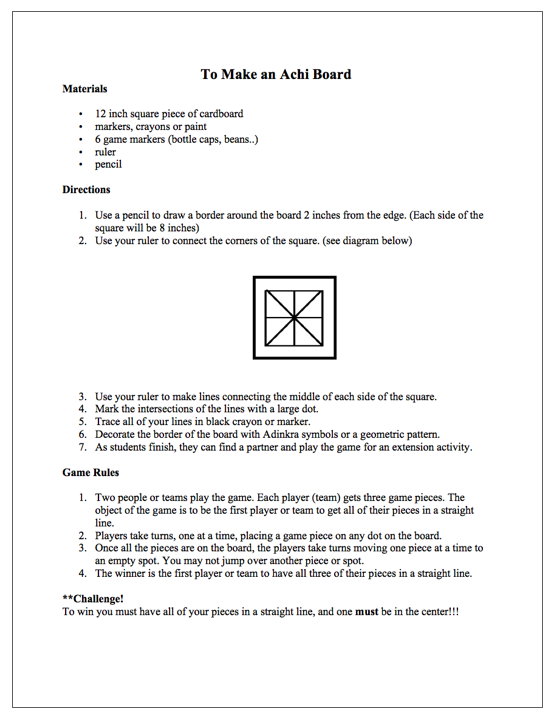
I spent a year as a substitute teacher. I accepted any job K-12 and any subject, but I was often requested to teach in the art room. This wasn’t, I should mention, at the beginning of my teaching career, it was after I had many years under my belt in 3 different districts. To be honest, even though I had years of experience, I was scared to death to sub! I was worried I wouldn’t have any chance of controlling the students, that they would be disrespectful and suck all the fun out of teaching. In reality, it wasn’t that bad. I would even venture to say it was an enjoyable experience… teaching without any paperwork!
Since I have been in a substitute’s shoes, I thought I would share the top 10 things that helped me as a sub.
1. Type your lesson plans.
You may have beautiful handwriting, but I don’t have extra time to interpret it, so please, type out all your directions so I can read them quickly and easily. Video lesson plans work too, but it is nice to have something to reference without having to watch the video again and again. If you can get your plans to me early that is a bonus! Many sub-finding systems allow for teachers to upload a document right there!
2. Seating charts are a must.
I will have no chance of managing the classroom if I cannot quickly access student names. And, if students sense that I don’t know who they are, they are tempted to misbehave.
3. Pull out supplies for the day.
Unless your room is very organized and clearly labeled, please pull out what you want me to use. Otherwise, I might end up using your “good” paper by necessity. Also, don’t trust your students to know where supplies are kept unless you have previously trained your students to get supplies out of the cabinets.
4. Student helpers.
Put a star or highlight 1-2 students for each class that are trustworthy. This way, if I need to send a note to the office or have a question about supplies, I know whom to ask.
5. Teacher helpers.
Let me know who is working next door that I could go to if I have a problem.
6. Include your duties.
I don’t want to get the “stink eye” in the cafeteria because I am unaware that I am supposed to be at lunch duty. Let me know if there are any extra duties and a little description would be nice.
7. Leave a backup plan.
Just in case, leave a one-day, go-to, no-fail lesson plan as a backup. Here is a quick one-page foolproof lesson I’ve used in the past. Click on the image below to grab your copy of the PDF, or download it right here.
8. Directions for technology.
If you want me to show a video clip or use a document camera, great! Please leave it on and ready to go or make sure I have access to simple directions. I am all for technology, but every setup is different.
9. Emergency Plans.
Have you heard of Murphy’s Law? Well, it is proven true daily as a sub. Please have clear emergency plans that are easy to access. They could be posted on the wall by the door.
10. Routines.
If you have a particular routine, it would be nice to know that ahead of time, especially for younger grades. Sometimes they have a lot of anxiety if we are doing things outside the “norm.”
One last thought. If you see a sub in the lunchroom or around the building, take a minute to introduce yourself and welcome him or her to your building. I was amazed how many days I was basically ignored by staff members. Subbing can be lonely and friendly teachers make a big difference in whether or not good subs will come back.
What else would you add to the list?
Magazine articles and podcasts are opinions of professional education contributors and do not necessarily represent the position of the Art of Education University (AOEU) or its academic offerings. Contributors use terms in the way they are most often talked about in the scope of their educational experiences.





